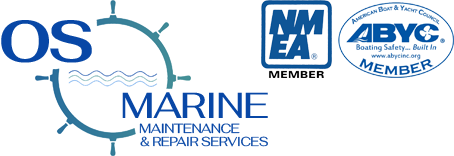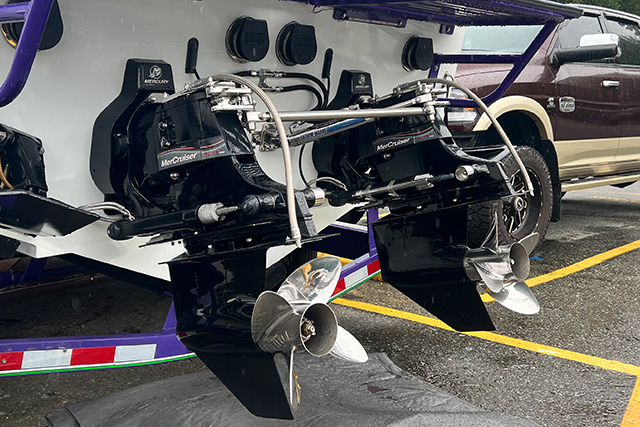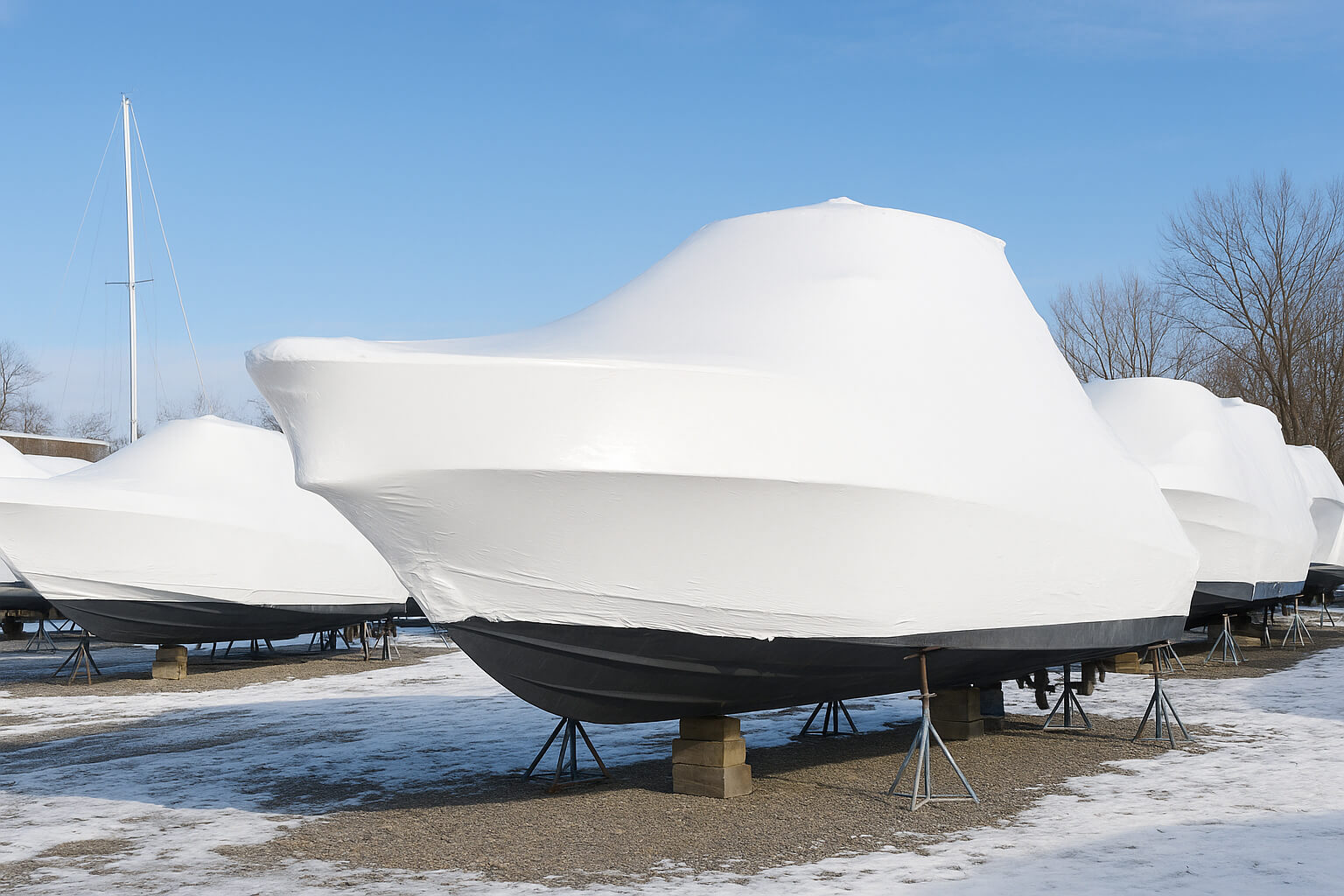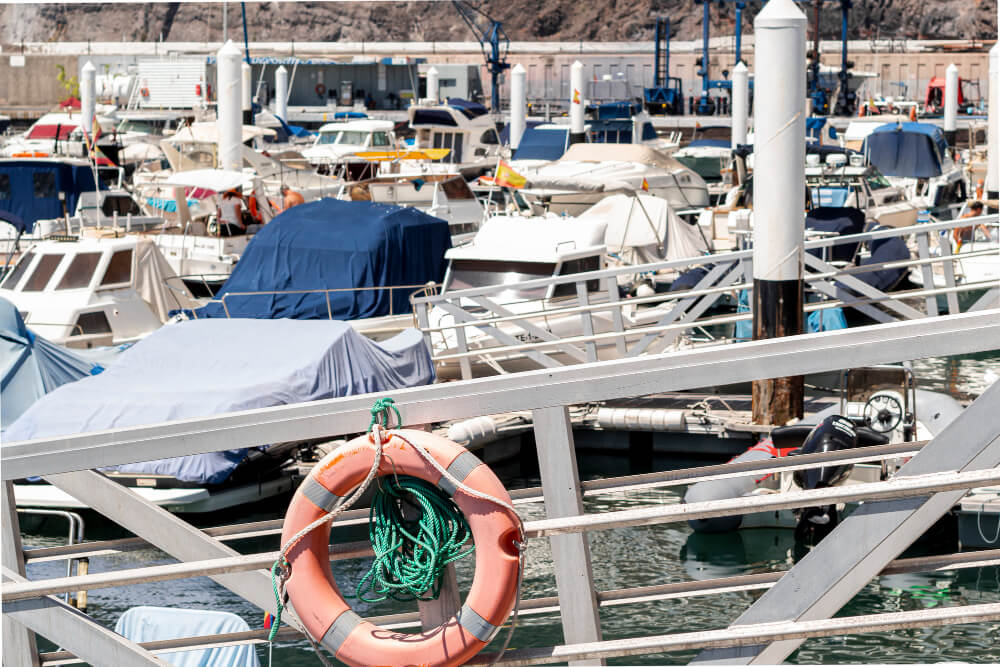Owning a boat is a wonderful experience, especially in Metro Vancouver’s summer months. However, nothing can be more frustrating than a boat that won’t start when you’re ready for a day on the water. Before you start to panic, there are a few common issues you can check that might solve the problem.
1. Check the Battery
A dead or weak battery is one of the most common reasons a boat won’t start. Over time, batteries can lose their charge, especially if they haven’t been used for a while.
Steps to check your battery:
- Inspect the connections: Ensure the battery terminals are clean and the connections are tight.
- Test the voltage: Use a multimeter to check the battery voltage. A fully charged battery should read around 12.6 volts.
- Charge or replace: If the voltage is low, try charging the battery. If it doesn’t hold a charge, you may need to replace it.
2. Check the Fuel System
Another common issue is problems with the fuel system. This can range from an empty fuel tank to clogged fuel filters.
Steps to check your fuel system:
- Fuel level: Make sure there’s enough fuel in the tank.
- Fuel filters: Inspect and replace any clogged or dirty fuel filters.
- Fuel lines: Check for any leaks or cracks in the fuel lines and ensure they are properly connected.
3. Inspect the Spark Plugs
Spark plugs are essential for igniting the fuel in your engine. If they are dirty or worn out, your engine may not start.
Steps to check your spark plugs:
- Remove and inspect: Take out the spark plugs and inspect them for signs of wear or fouling.
- Clean or replace: Clean the spark plugs if they are dirty or replace them if they are worn out.
4. Check the Ignition Switch
The ignition switch is what gets everything started. If there’s a problem with it, your boat won’t start.
Steps to check your ignition switch:
- Inspect for damage: Look for any obvious signs of damage or wear.
- Test with a multimeter: Use a multimeter to ensure the switch is working correctly.
- Replace if necessary: If the switch is faulty, replace it with a new one.
5. Examine the Kill Switch
Many boats have a kill switch as a safety feature. If this switch is engaged, the engine won’t start.
Steps to check your kill switch:
- Ensure it’s disengaged: Make sure the kill switch is in the “off” position.
- Inspect the lanyard: Check the lanyard attached to the kill switch to ensure it’s properly connected.
Struggling to Start Your Boat? OS Marine Maintenance & Boat Repair Services in Vancouver Can Help!
By checking these five common issues—battery, fuel system, spark plugs, ignition switch, and kill switch—you can often solve the problem of a boat that won’t start. Regular maintenance and inspections can also help prevent these issues from occurring in the first place.
If you’ve gone through these steps and your boat still won’t start, it might be time to seek professional help. At OS Marine Maintenance & Boat Repair Services in Vancouver, we specialize in boat repair services in the Metro Vancouver area. Our expert team can diagnose and fix any issues, ensuring your boat runs smoothly this summer season.
Contact us today to schedule a service appointment and get back on the water with confidence.








